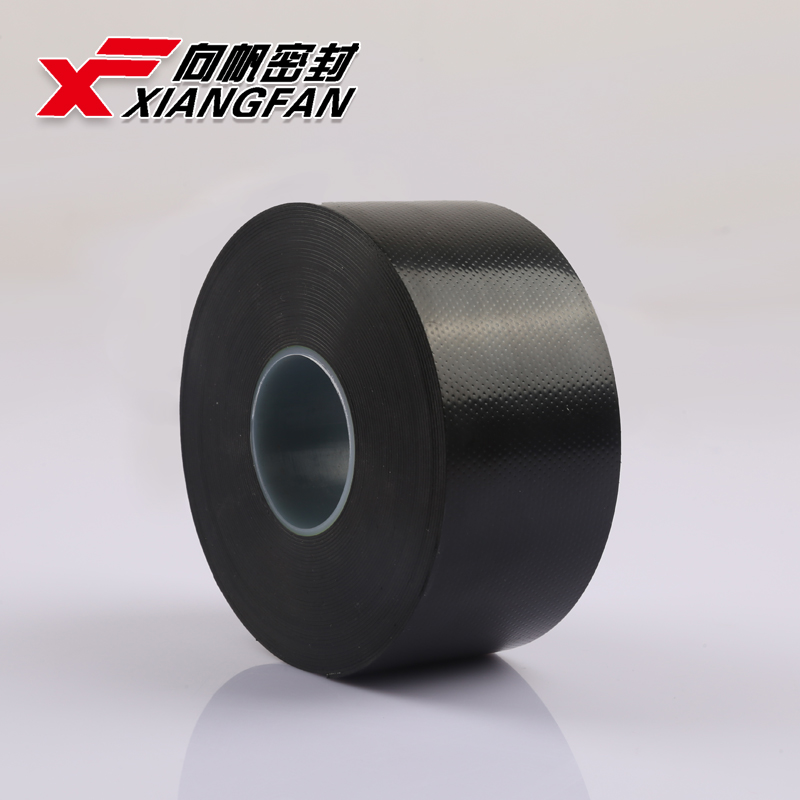You should use a minimum of two half-lapped layers of vinyl tape to insulate and jacket low-voltage components. A half-lap (see Figure above) consists of overlaying each turn by one-half the width of the tape. The general rule of thumb calls for a tape thickness of 1.5 times the thickness of existing wire or cable insulation. In every case, tension on the tape should be sufficient to conform the tape evenly to the surface. A slight reduction in tension is encouraged for the final wrap. Trim the tape end and allow it to return to shape before pressing down with the thumb to avoid lifting or flagging.
Useful applications
When properly applied, quality tapes can serve as valuable standby resources for jobs such as insulating motor lead connections, inline splices, and split bolt and bus bar connections. Let's take a look at some guidelines for each.
Motor lead insulation. In the case of low-voltage motor lead connections, the tape insulating process consists of connecting feeder cables to motor leads and arranging the conductors for easy wrapping. You should begin by wrapping two layers of varnished cambric tape, which is available with or without adhesive. For the adhesive type, apply with the adhesive side out for clean re-entry.
Follow up this first step by wrapping four half-lapped layers of rubber insulating tape over the cambric tape, which creates a moisture barrier and provides the primary insulation in the connection. Finally, over-wrap the assembly with a minimum of two half-lapped layers of vinyl electrical tape. This should extend approximately two tape widths beyond the ends of the rubber tape. Stretch this tape as you wrap it so you get good conformance to the underlying structure. This also helps complete the moisture seal.
Inline splice insulation. You can protect a low-voltage inline splice in a similar manner by wrapping the installed connector with four half-lapped layers of rubber mastic tape or rubber splicing tape, and then over-wrapping it with two half-lapped layers of premium vinyl electrical tape.
Split bolt connection. Protection of a split bolt connection begins with installing the connector and wrapping it with two layers of varnished cambric tape. Next, wrap the splice with four half-lapped layers of rubber or rubber mastic tape. Complete the job by over-wrapping with at least two half-lapped layers of premium vinyl electrical tape.
Bus bar. A common method of insulating a bus bar connection is to first wrap it with two layers of varnished cambric. The subsequent steps consist of four half-lapped layers of rubber or rubber mastic followed by two half-lapped layers of premium vinyl tape.
Electrical tapes are versatile, suited to a multitude of tasks, and when installed properly provide a long-term, effective insulation. According to Anderson, both the NJATC headquarters and local training efforts are strongly supported by industry suppliers, which provide sample products and assist with course development and hands-on instruction. In addition, manufacturers of electrical-grade tapes are generally willing to provide technical support and instruction on proper taping techniques.
“There are many kits and products available to electricians today that simplify their work and help increase productivity,” Anderson says. “The properties of electrical tapes have also been steadily improved over the years. These proven products can be adapted to many important electrical insulation tasks, and they continue to be valuable assets for our industry. For that reason, we continue to stress the importance of taping skills and strong product and application knowledge.”
Goodman is a technical service engineer and Brown is a technical service senior engineer with 3M in Austin, Texas.

